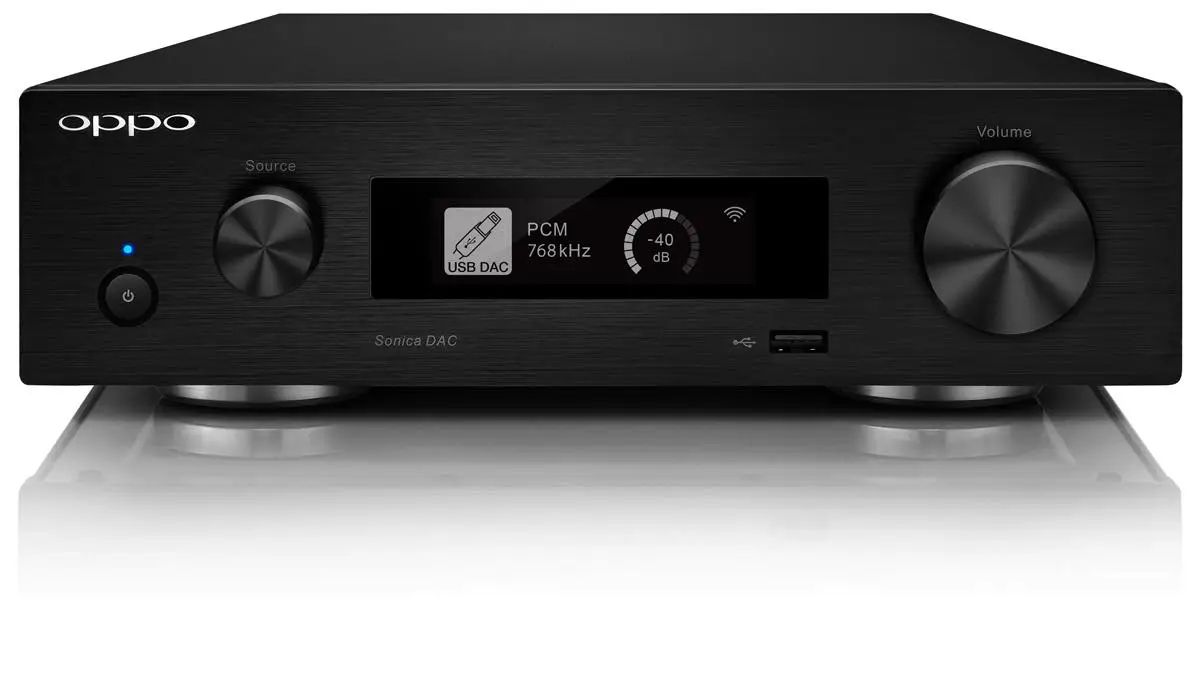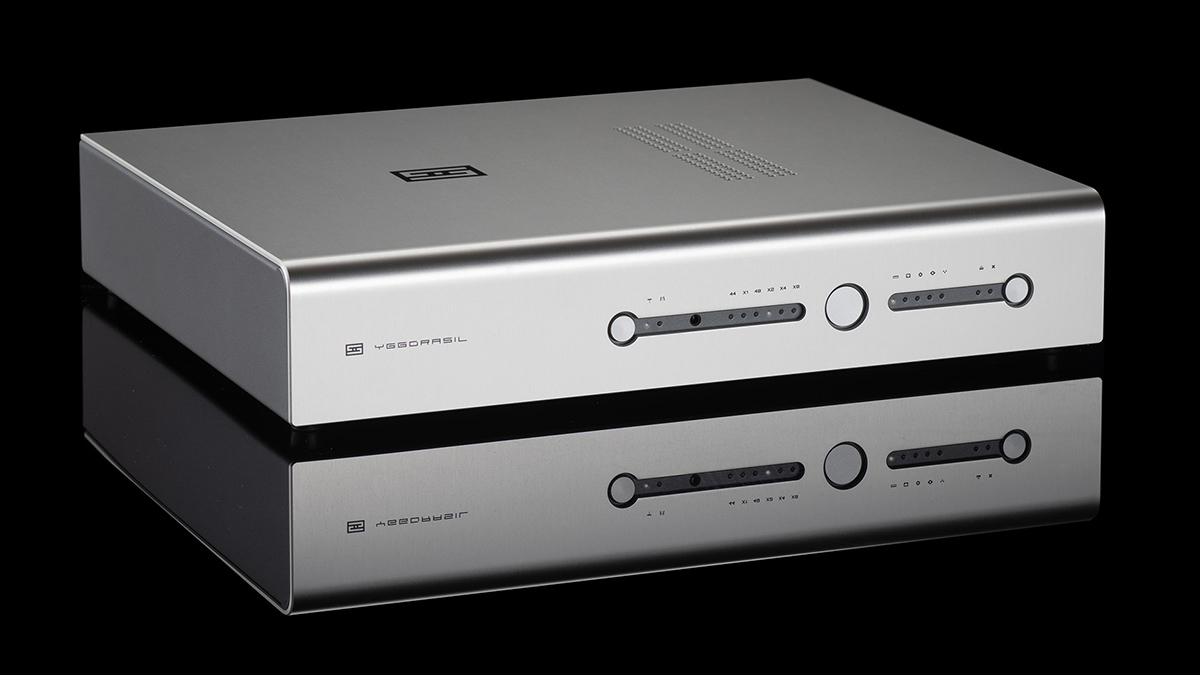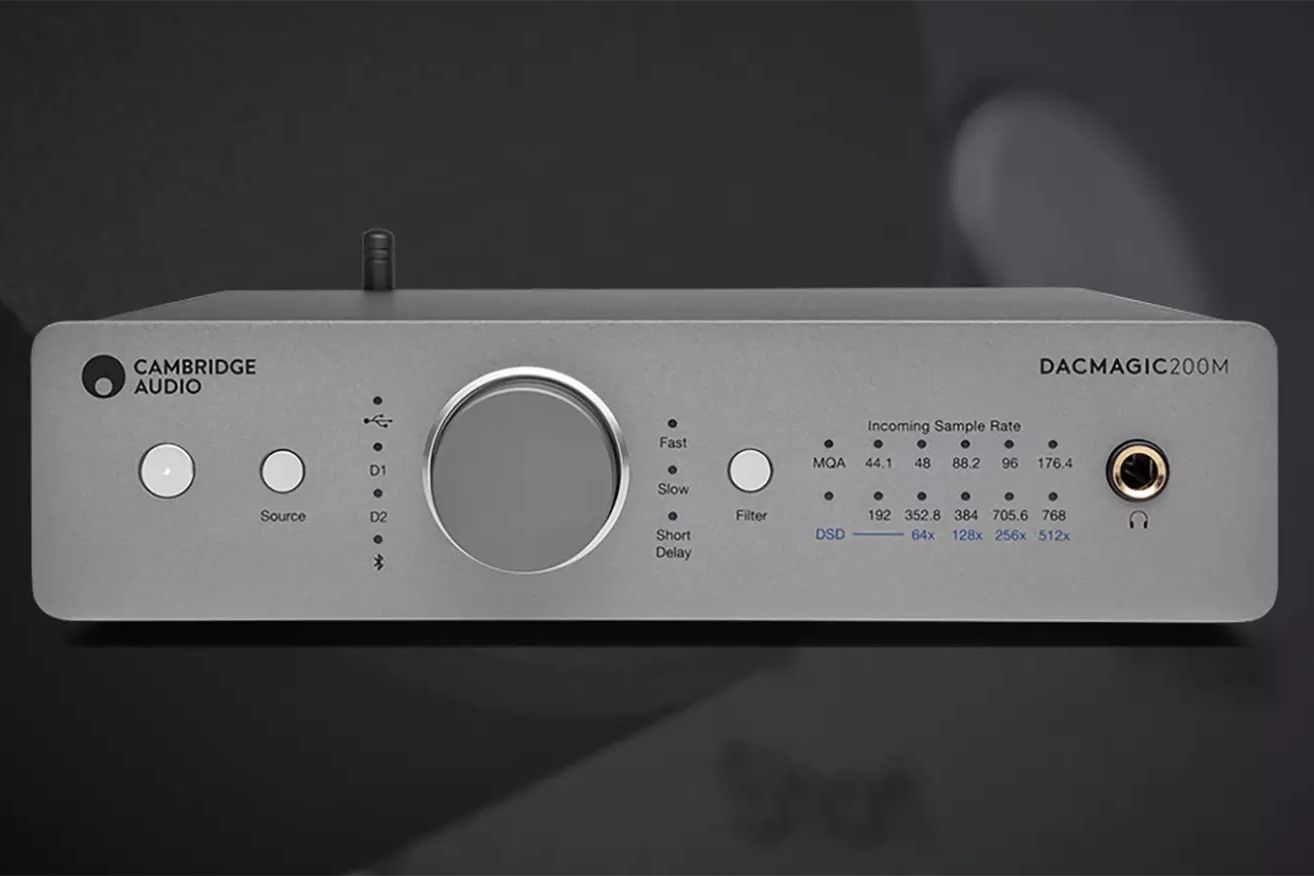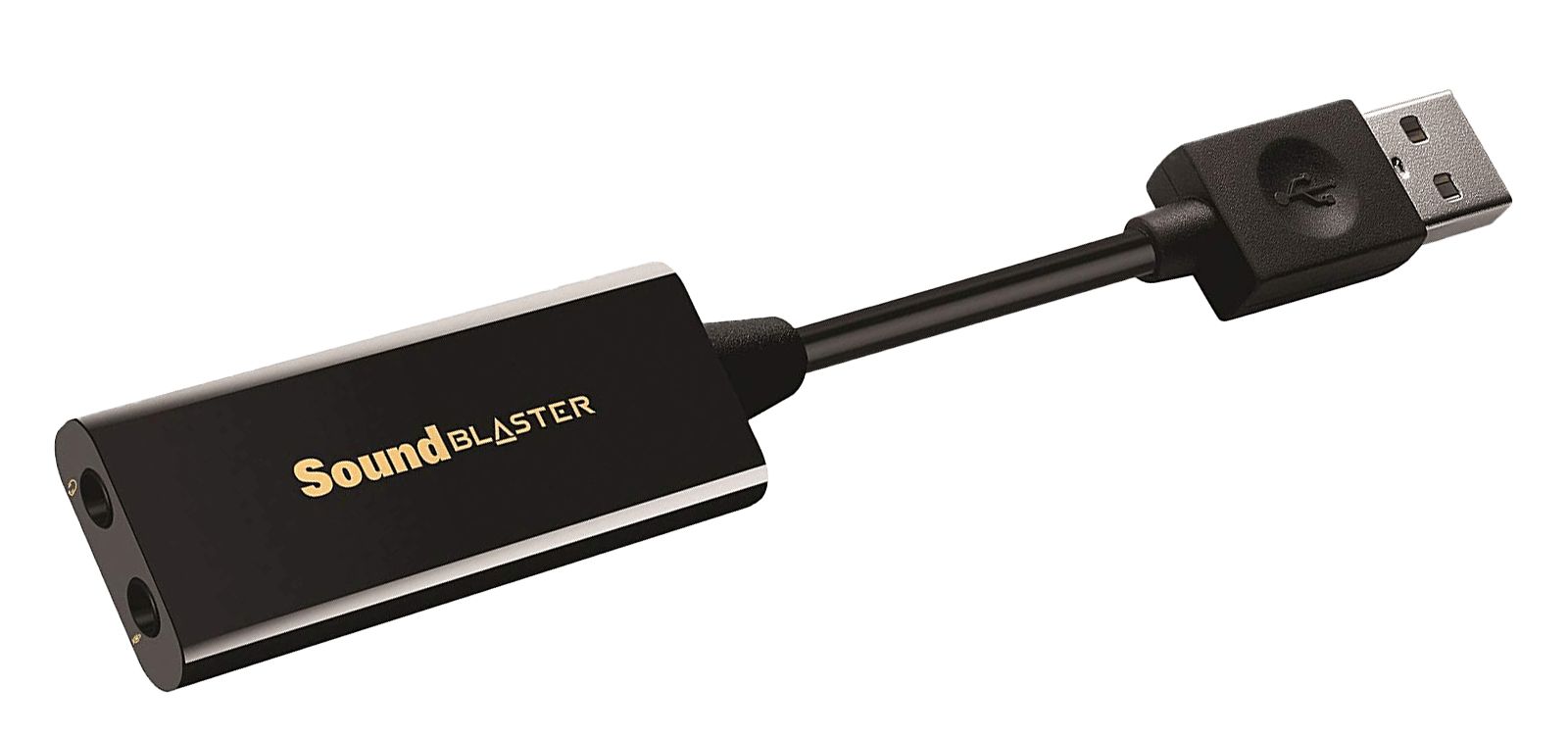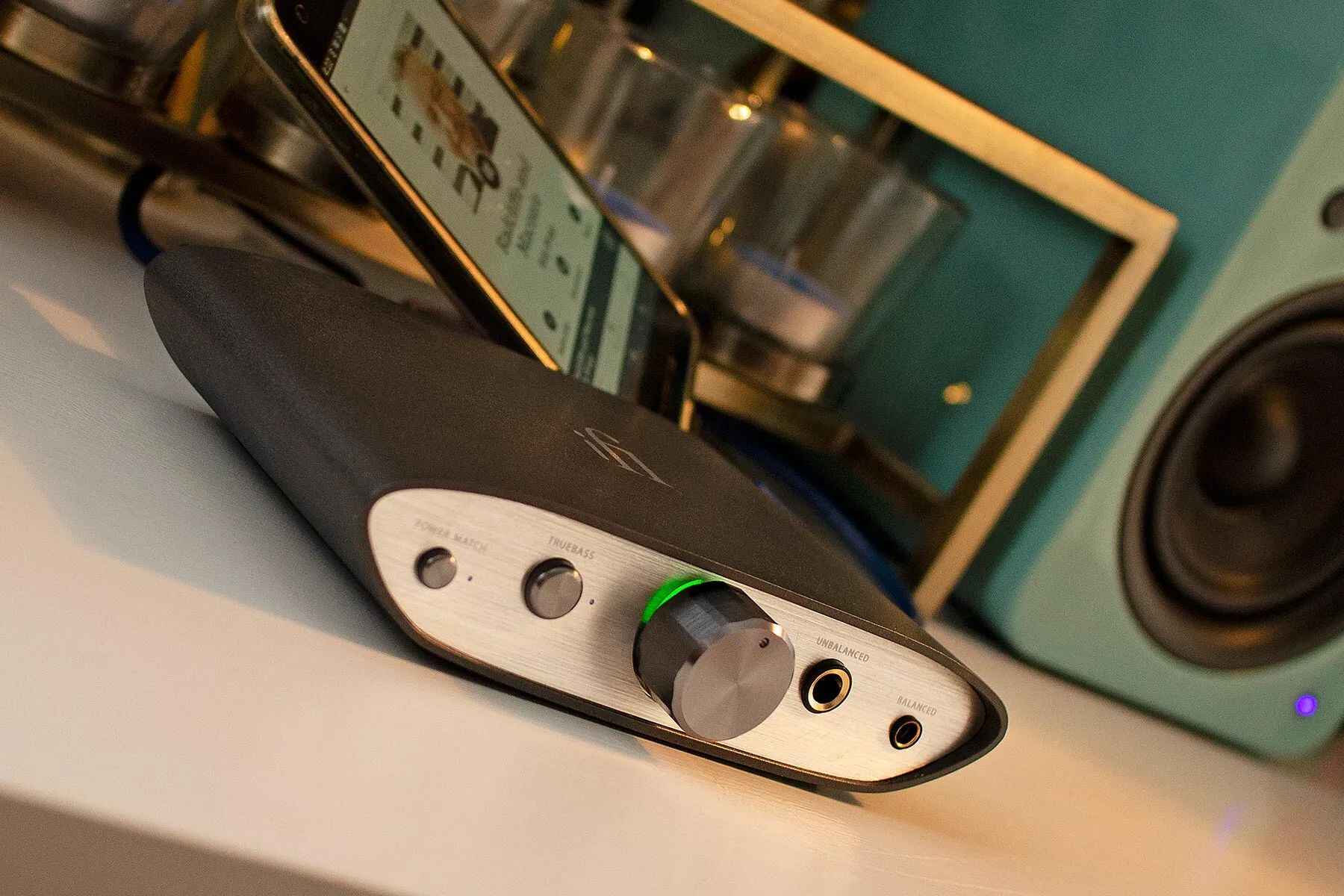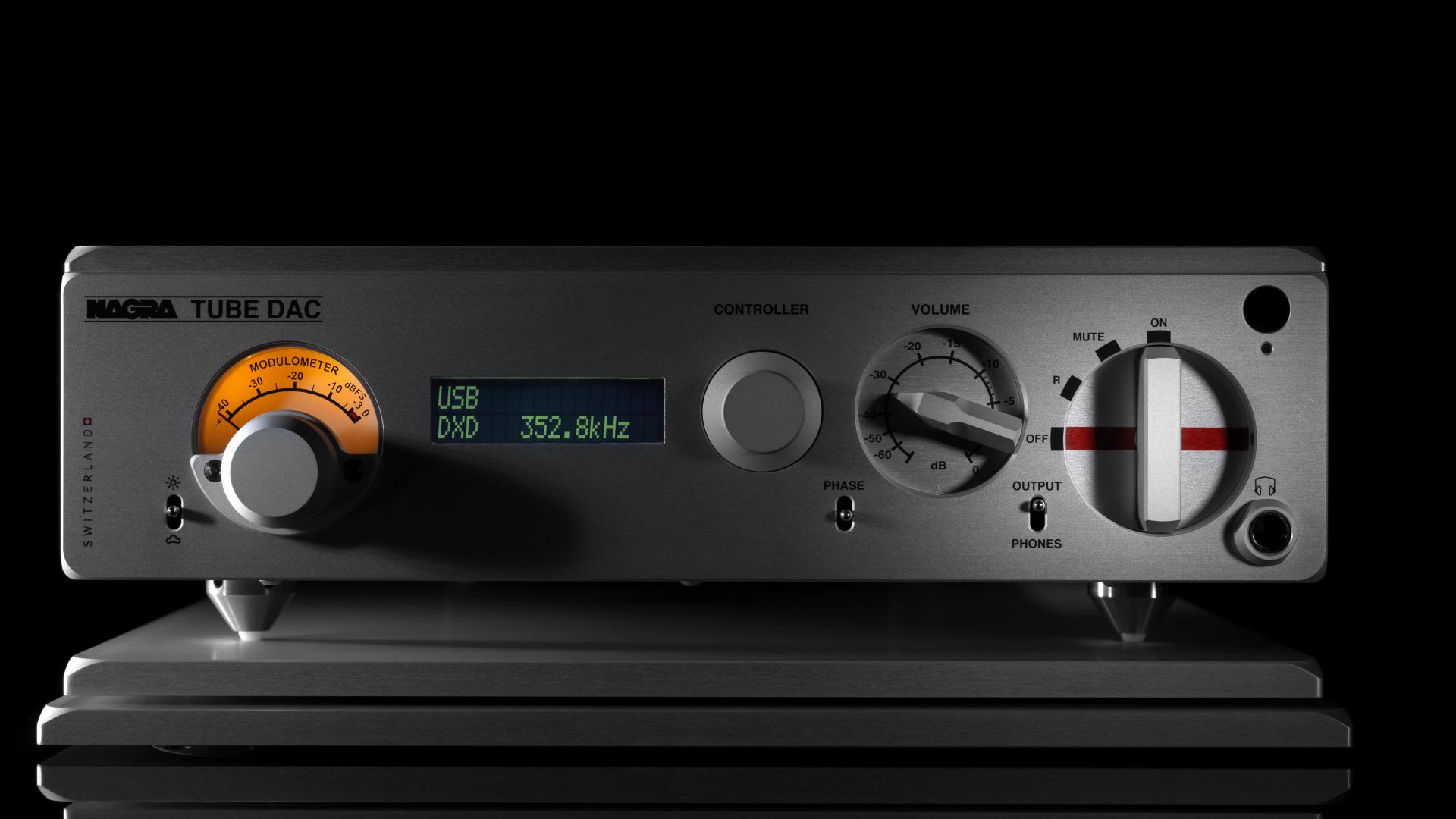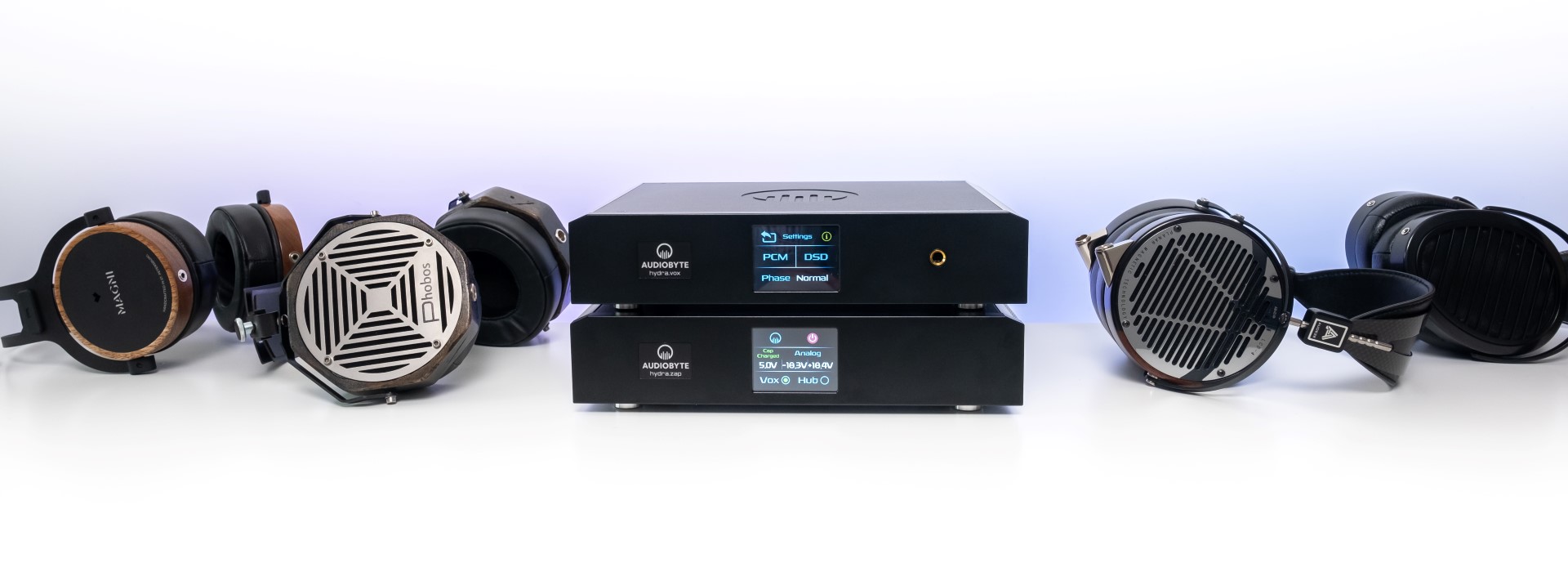Introduction
In the realm of digital technology, the significance of Digital-to-Analog Converters (DACs) cannot be overstated. These ingenious devices play a pivotal role in converting digital signals into analog signals, enabling the seamless transmission of data between digital systems and the physical world. The evolution of DACs has been instrumental in shaping the functionality of numerous electronic devices, from smartphones and audio equipment to industrial machinery and scientific instruments.
As the digital landscape continues to expand and diversify, the demand for high-performance DACs has surged, prompting advancements in their design and capabilities. Understanding the fundamental principles of DACs is crucial for comprehending their widespread application and impact on modern technology.
In this comprehensive exploration, we will delve into the intricacies of DACs, unraveling their inner workings, highlighting their diverse types, and shedding light on their indispensable role in various industries. By examining the applications and considerations associated with DACs, we aim to provide a holistic understanding of these essential components and their pervasive influence in the digital age.
Understanding Digital-to-Analog Converters (DACs)
Digital-to-Analog Converters (DACs) serve as the bridge between the digital and analog domains, facilitating the conversion of digital signals into analog signals. At the core of their functionality lies the pivotal task of translating discrete digital values into continuous analog voltages or currents. This process is essential for enabling digital systems to interact with the physical world, where analog signals are prevalent.
DACs operate on the principle of quantization, where they interpret digital input values and produce corresponding analog output signals. This conversion process involves precise voltage or current adjustments to accurately represent the digital input. The accuracy and fidelity of this conversion are crucial in ensuring that the output analog signals faithfully mirror the original digital data.
One of the key parameters used to evaluate the performance of DACs is the resolution, which determines the level of granularity in the conversion process. Higher resolution DACs can represent digital values with greater precision, resulting in smoother and more accurate analog output signals. This attribute is particularly important in applications where fine details and subtle variations in the analog domain are critical.
DACs are commonly integrated into a wide array of electronic devices, ranging from audio equipment and telecommunications systems to industrial control systems and medical instruments. In audio applications, DACs play a fundamental role in converting digital audio files into analog signals that can be amplified and delivered through speakers or headphones, enabling the reproduction of high-fidelity sound.
The internal architecture of DACs varies based on the specific application requirements and performance considerations. Some DACs utilize pulse-width modulation (PWM) techniques, while others employ resistive networks or capacitive arrays to achieve the desired analog output. Understanding the intricacies of these internal mechanisms is essential for optimizing the selection and deployment of DACs in diverse technological contexts.
As digital technology continues to permeate various facets of modern life, the demand for high-performance DACs has surged, prompting ongoing innovations in their design and capabilities. The evolution of DACs has been instrumental in enabling the seamless integration of digital systems with the physical world, underscoring their indispensable role in the advancement of modern technology.
The Importance of DACs in Modern Technology
In the ever-expanding landscape of modern technology, Digital-to-Analog Converters (DACs) play a pivotal role in enabling the seamless integration of digital systems with the physical world. Their significance reverberates across a myriad of applications, encompassing consumer electronics, telecommunications, industrial automation, automotive systems, and scientific instrumentation.
Enhancing Audio Experience
In the realm of consumer electronics, DACs are instrumental in delivering premium audio experiences. With the proliferation of digital music formats, high-resolution audio, and streaming services, the role of DACs in converting digital audio signals into pristine analog waveforms has become increasingly critical. Audiophiles and casual listeners alike benefit from the enhanced fidelity and clarity that high-quality DACs bring to audio reproduction, whether through headphones, speakers, or home entertainment systems.
Precision Instrumentation and Measurement
In scientific and industrial domains, DACs serve as essential components in precision instrumentation and measurement systems. From laboratory equipment to industrial control systems, DACs are deployed to generate precise analog signals for sensor calibration, waveform generation, and control applications. Their ability to accurately convert digital control signals into analog outputs is paramount in ensuring the reliability and precision of scientific experiments and industrial processes.
Communication and Connectivity
In the realm of telecommunications and networking, DACs enable the seamless transmission of digital data over analog mediums. Whether in fiber-optic communication systems, wireless infrastructure, or satellite communication networks, DACs play a crucial role in modulating digital signals into analog waveforms for transmission. This capability is fundamental in maintaining the integrity and efficiency of data communication across vast distances and diverse mediums.
Automotive Infotainment and Control Systems
The automotive industry has witnessed a surge in the integration of advanced infotainment systems and electronic control units, all of which rely on DACs for converting digital signals into analog outputs. From in-vehicle audio systems to sensor interfaces and control modules, DACs contribute to the immersive multimedia experiences and precise control functionalities that have become integral to modern vehicles.
Seamless Integration of Digital and Analog Realms
Overall, the importance of DACs in modern technology lies in their ability to bridge the gap between digital and analog domains, enabling the seamless integration of digital systems with the physical world. Their role in facilitating high-fidelity audio reproduction, precise instrumentation, efficient data communication, and immersive multimedia experiences underscores their pervasive influence across diverse technological domains.
As technology continues to advance, the demand for high-performance DACs will persist, driving ongoing innovation and refinement in their design and capabilities. This evolution will further amplify the impact of DACs in shaping the future of modern technology, solidifying their status as indispensable components in the digital age.
Types of DACs
DACs come in various types, each tailored to specific applications and performance requirements. Understanding the distinctive characteristics of these types is essential for selecting the most suitable DAC for a given use case. The following are the primary types of DACs:
1. Binary Weighted DAC:
This type of DAC utilizes a resistor network with binary-weighted values to generate the analog output. Each bit of the digital input corresponds to a specific resistor, and the resulting voltages are summed to produce the analog output. Binary weighted DACs are known for their simplicity and high speed, making them suitable for applications that demand rapid conversion of digital signals into analog outputs.
2. R-2R Ladder DAC:
R-2R ladder DACs employ a unique resistor network configuration, where the values of the resistors follow an R-2R ladder pattern. This design enables efficient conversion of digital inputs into analog outputs with improved accuracy and linearity. R-2R ladder DACs are widely favored for their ability to deliver precise analog signals, making them well-suited for audio applications and instrumentation where fidelity and resolution are paramount.
3. Segmented DAC:
Segmented DACs, also known as subranging DACs, utilize a combination of binary-weighted and R-2R ladder architectures to achieve enhanced performance. By segmenting the conversion process into multiple stages, these DACs can effectively mitigate non-linearity and improve the overall accuracy of the analog output. Segmented DACs are commonly employed in high-precision applications such as test and measurement equipment, where stringent performance requirements are essential.
4. PWM DAC:
Pulse Width Modulation (PWM) DACs leverage a different approach to analog signal generation, where the width of the digital pulses is modulated to produce the desired analog output. This method offers simplicity and efficiency, making PWM DACs well-suited for low-cost applications and power-efficient designs. They find extensive use in audio amplifiers, motor control systems, and power management circuits, where accurate analog control signals are essential.
5. Current Steering DAC:
Current steering DACs operate by steering current sources into a summing node based on the digital input. This mechanism allows for high-speed and high-resolution analog signal generation, making current steering DACs ideal for applications that demand rapid response times and fine-grained control. They are commonly employed in telecommunications, radar systems, and high-speed data converters, where precise analog signal synthesis is crucial.
Understanding the distinct characteristics and operational principles of these DAC types is crucial for making informed decisions when selecting the most suitable DAC for a particular application. Each type offers unique advantages and trade-offs, catering to diverse requirements across a spectrum of digital and analog signal processing applications.
Applications of DACs
Digital-to-Analog Converters (DACs) find widespread application across diverse technological domains, playing a pivotal role in enabling the seamless translation of digital signals into analog outputs. The versatility and precision of DACs make them indispensable components in a multitude of applications, each leveraging their unique capabilities to achieve specific functionality and performance objectives.
Audio Reproduction and Sound Processing
In the realm of consumer electronics and entertainment, DACs are integral to audio reproduction and sound processing. From portable music players and smartphones to high-fidelity audio systems, DACs are responsible for converting digital audio files into analog waveforms, allowing for the faithful reproduction of music and other audio content. The quality and fidelity of DACs directly impact the clarity, dynamic range, and tonal accuracy of the audio output, influencing the overall listening experience for consumers.
Telecommunications and Data Transmission
DACs play a crucial role in telecommunications and data transmission systems, where they are employed to modulate digital signals into analog waveforms for efficient transmission over communication channels. In applications such as fiber-optic communication, wireless infrastructure, and satellite communication networks, DACs facilitate the conversion of digital data into analog signals, enabling seamless and reliable transmission across diverse mediums and distances.
Industrial Automation and Control Systems
In industrial automation and control systems, DACs serve as vital components for generating precise analog control signals, waveform synthesis, and sensor interface applications. These systems rely on DACs to convert digital control inputs into analog outputs, enabling precise control of industrial processes, motor control, and sensor calibration. The accuracy and resolution of DACs are critical in ensuring the efficiency and reliability of industrial automation and control systems.
Test and Measurement Equipment
DACs are extensively utilized in test and measurement equipment for generating precise analog waveforms, voltage outputs, and sensor excitation signals. From oscilloscopes and signal generators to data acquisition systems and spectrum analyzers, DACs play a fundamental role in providing accurate and stable analog outputs for test and measurement applications. The ability of DACs to deliver high-resolution and low-noise analog signals is essential for achieving precise and reliable measurement results.
Automotive Infotainment and Control Systems
Modern vehicles integrate advanced infotainment systems and electronic control units that rely on DACs for audio signal processing, sensor interfacing, and control functionalities. DACs facilitate the conversion of digital audio signals into analog outputs for in-vehicle entertainment systems, as well as the generation of precise control signals for various automotive subsystems. Their role in enhancing the multimedia experience and enabling precise control underscores their significance in automotive applications.
Scientific Instrumentation and Signal Processing
In scientific instrumentation and signal processing applications, DACs are essential for generating precise analog signals for experimentation, data acquisition, and signal synthesis. From laboratory instruments to scientific research equipment, DACs contribute to the accurate representation of digital data in the analog domain, enabling researchers and scientists to analyze and manipulate signals with high fidelity and resolution.
The diverse applications of DACs underscore their pervasive influence across a spectrum of technological domains, where their precision, versatility, and performance characteristics are leveraged to enable a wide array of functionalities. As technology continues to advance, the demand for high-performance DACs will persist, driving further innovation and refinement in their design and application across various industries.
Factors to Consider When Choosing a DAC
When selecting a Digital-to-Analog Converter (DAC) for a specific application, several crucial factors must be taken into account to ensure optimal performance and compatibility. The following considerations play a pivotal role in guiding the selection process:
1. Resolution and Accuracy:
The resolution of a DAC, often expressed in bits, determines the level of granularity in the conversion of digital signals to analog outputs. Higher resolution DACs can represent digital values with greater precision, resulting in more accurate analog signals. It is essential to assess the required level of accuracy for the intended application and select a DAC with an appropriate resolution to meet those demands.
2. Speed and Response Time:
For applications that necessitate rapid signal conversion and high-speed operation, the speed and response time of the DAC are critical considerations. High-speed DACs are essential in scenarios such as telecommunications, radar systems, and real-time control applications, where rapid response times are imperative for maintaining system efficiency and performance.
3. Output Voltage Range and Linearity:
The output voltage range and linearity of a DAC significantly impact its suitability for specific applications. It is essential to evaluate the required voltage range and the linearity of the analog output to ensure compatibility with the input requirements of downstream components or systems. Additionally, the linearity of the DAC directly influences the accuracy and fidelity of the analog output, making it a crucial parameter to consider.
4. Power Consumption and Efficiency:
In portable and power-sensitive applications, the power consumption and efficiency of the DAC play a vital role in determining its suitability. Low-power DACs are favored for battery-operated devices and energy-efficient designs, where minimizing power consumption is essential for prolonging battery life and reducing thermal dissipation.
5. Integration and Interface Compatibility:
The integration capabilities and interface compatibility of the DAC with existing systems or microcontrollers are essential factors to consider. Compatibility with communication protocols, input/output interfaces, and digital signal processing architectures can streamline the integration process and enhance overall system performance.
6. Noise and Distortion Characteristics:
The noise and distortion characteristics of a DAC directly impact the quality and fidelity of the analog output. Evaluating parameters such as signal-to-noise ratio (SNR), total harmonic distortion (THD), and spurious-free dynamic range (SFDR) is crucial in ensuring that the DAC can deliver clean, high-fidelity analog signals without introducing undesirable artifacts or distortions.
7. Environmental and Reliability Considerations:
In harsh operating environments or mission-critical applications, the environmental robustness and reliability of the DAC are paramount. Factors such as temperature range, vibration tolerance, and long-term reliability must be evaluated to guarantee the DAC's performance and longevity in challenging operational conditions.
By carefully evaluating these factors and aligning them with the specific requirements of the intended application, engineers and designers can make informed decisions when choosing a DAC. Each consideration plays a crucial role in determining the suitability of the DAC for its intended use, ultimately influencing the overall performance and functionality of the systems in which it is integrated.
Conclusion
In conclusion, the pervasive influence of Digital-to-Analog Converters (DACs) in modern technology is undeniable. These essential components serve as the linchpin for translating digital signals into analog outputs, enabling seamless integration between the digital and physical realms. The evolution and diversification of DACs have propelled advancements across various industries, from consumer electronics and telecommunications to industrial automation and scientific instrumentation.
The fundamental understanding of DACs, encompassing their operational principles, types, and applications, is paramount for navigating the intricacies of digital signal processing and analog signal generation. The significance of DACs in enhancing audio experiences, enabling efficient data communication, and facilitating precise control and instrumentation cannot be overstated. Their versatility and precision make them indispensable across a spectrum of technological domains, where their impact resonates in the seamless translation of digital information into tangible analog outputs.
The selection of a DAC involves meticulous consideration of factors such as resolution, speed, output voltage range, power consumption, integration compatibility, noise characteristics, and environmental robustness. Each of these factors plays a pivotal role in determining the suitability of a DAC for a specific application, influencing its performance and interoperability within complex systems.
As technology continues to advance, the demand for high-performance DACs will persist, driving ongoing innovation and refinement in their design and capabilities. The relentless pursuit of enhanced resolution, speed, efficiency, and reliability underscores the pivotal role of DACs in shaping the future of modern technology.
In essence, the necessity of DACs in the digital age extends beyond their function as signal converters; they embody the seamless convergence of digital and analog domains, enabling the realization of innovative solutions and immersive experiences. The continued evolution and integration of DACs will continue to enrich the landscape of modern technology, solidifying their status as indispensable enablers of digital innovation and connectivity.







